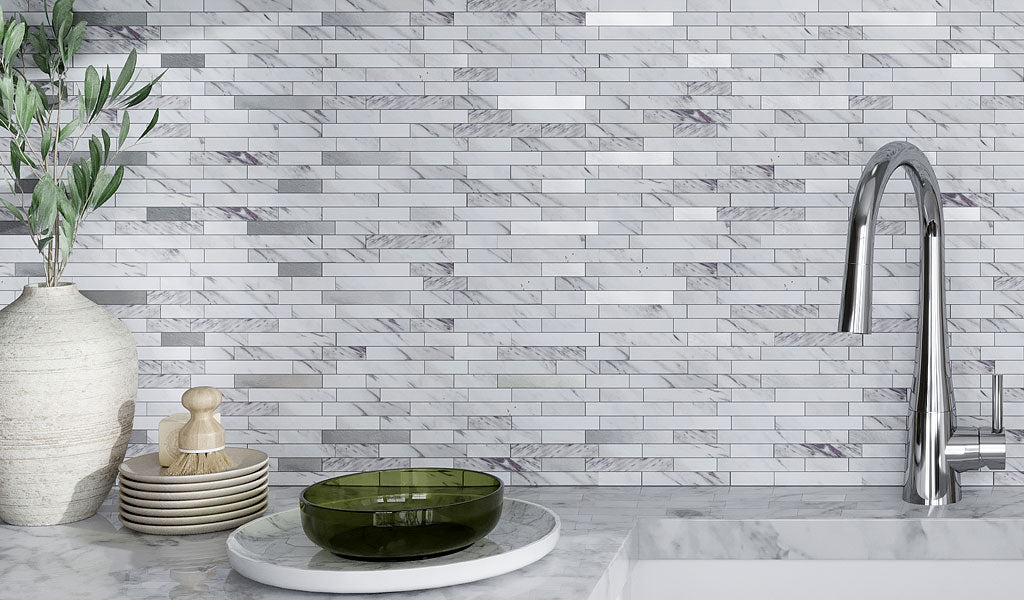The Ultimate Grout Color Selection Guide: Tips for Every Tile Type
Dec 30, 2024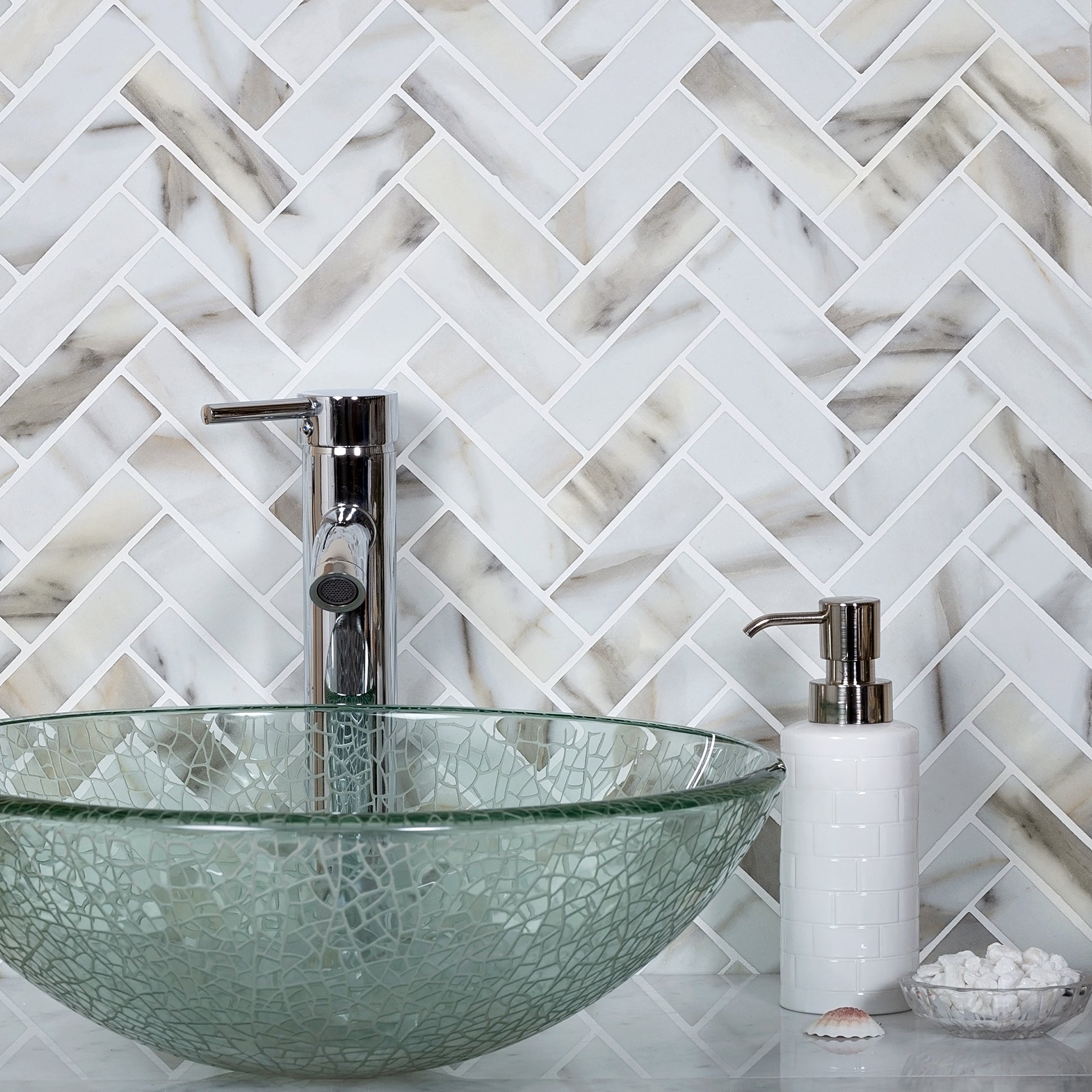
Choosing wall and floor tile for your space is a huge decision, as is selecting grout color. Not only does grout hold the tiles together and maintain integrity, it also lends a distinctive look to the overall tilework and the feel of the room. The shade of your grout can give a basic tile a dramatic effect, accentuate shape, pattern, and size, or blend in to create a uniform finish.
So while it makes sense to place so much effort into picking the right tile, do remember that grout contributes greatly to the application, both practically and aesthetically. In this blog post, we’ll focus more on grout color. This includes tips on how to choose grout color to achieve the best design and consideration for pairing with different tile types.
Grout Color: What You Need to Know for the Perfect Tile Finish
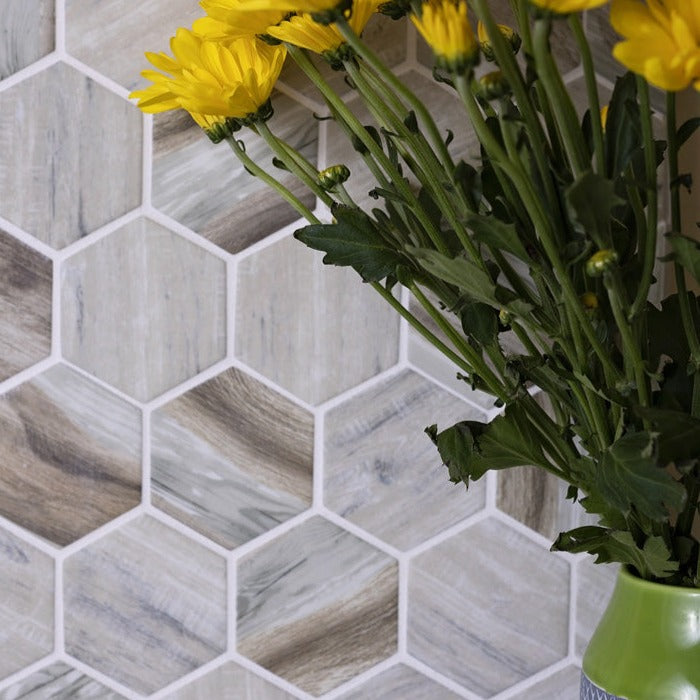
If you’ve been part of a construction project or played the renovation game, chances are you’ve come across tile grout. Maybe you’re not clued up on what this cement-based material does. That’s where we come in. Here’s a rundown on what you need to know about grout:
1. The Role of Grout in Tile Installation
As mentioned above, grout plays a significant role in installation. Filling the joints between tiles prevents them from moving, rubbing against each other, and cracking or chipping along the edges. It is essential for this, as well as protecting the surface beneath.
The last thing you want is your substrate to be exposed to moisture, stains, and dirt. This critical binding agent will prevent infiltration and ensure a durable and long-lasting wall or floor tile application. To put it simply, grout maintains structural integrity.
2. Different Types of Grout Available
Tile grout is available in two varieties: cementitious grout and chemical grout. To narrow it down, cementitious grout can either be sanded or unsanded.
Sanded Grout: As the name suggests, sand is mixed to the composite of this grout, making it stronger and improving its overall durability. Because of its increased strength and ability to stand up to the impact of daily footfall, it is commonly used in flooring applications with tile joints larger than 1/8 of an inch. It’s worth stating that sanded grout needs sealing to guard against spills, dirt, and discoloration. It should not be used with certain materials such as marble and glass tile, as the abrasive particles will scratch their delicate surface.
Unsanded Grout: This type of grout is made without sand and is suitable for filling joints 1/8 inch wide or smaller since it tends to shrink after curing. It works best for vertical surfaces, such as concealing the joints of a shower wall or backsplash tile. The lack of abrasive particles also makes it ideal for grouting materials like glass, metal, and marble tile. Like unsanded grout, this type does require sealing to prevent absorption.
Epoxy Grout: Last, we have epoxy grout, which you’ve likely seen along countertops, patio flooring, and pool waterline tile. Made from epoxy resins, aggregates, and some type of hardener, this non-porous chemical grout tackles concerns associated with cementitious grout, such as staining, water seepage, strength, and chemical resistance.
Epoxy grout is a long-lasting choice thanks to its robustness. It dries faster, maintains consistent grout colors, and ensures your swimming pool, entryway, or bathroom tile is sealed against dirt, chemicals, and water damage.
3. Importance of Tile Grout Colors in Design
Grout color makes all the difference in how your tilework looks. It can either accentuate or blend in, depending on what your style preference is. Designing with honeycomb tile in a brown finish, say our Beige 10.2 in. x 11.7 in. Hexagon Matte Finished Glass Mosaic Tile? A contrasting white color will outline the edges of the tile and highlight the shape even more. In addition, grout color can help tile take on a new look. For example, bold-colored grout can instantly add an on-trend, eclectic twist to a classic white subway tile.
Whatever look you’re going for, there’s a plethora of tile grout colors to choose from to enhance the visual appeal of your project. Some manufacturers offer grout samples so you can match them to your tile samples and see how they complement your space.
How to Pick Grout Color to Complement Your Tile
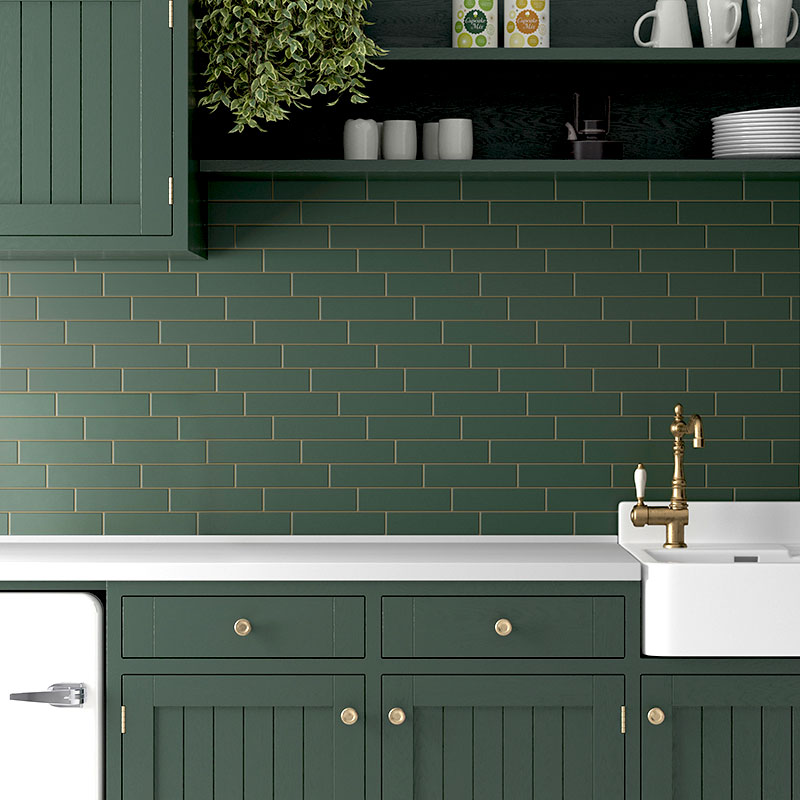
Because of the myriad of tile grout colors available, it’s easy to get caught up in finding one that will best complement your tilework. If you’ve been wondering how to choose grout color for backsplash, wall, or floor design, you can either match or contrast. Which of the two you select comes down to individual preference: do you want a cohesive finish or distinction with your installation?
1. Match Tile and Grout Color
A grout shade that closely matches—commonly known as monochromatic—will blend better with the tile. With this approach, the grout lines fade to the background and let the tile become the focal point. The resulting look also gives the impression of having one unified surface. For instance, white grout with white tile. We love this option when designing with large format tiles, as it will further enhance the seamless appeal and spacious feel that results from fewer and tighter grout lines.
2. Contrast Tile and Grout Color
Contrasting grout colors create an interesting and striking juxtaposition. This is known as the dichromatic visual effect. The shade of the grout can be lighter or darker than the tile color. This combination of contrasts highlights the edges of each tile, defining the size and pattern and allowing it to pop up. Think black tile with white grout.
Contrasting grout colors add a dynamic touch to different configurations, be it a hexagon, picket, or herringbone tile. It's good to know that choosing a contrasting color can emphasize the visibility of grout lines. If you are not for visual clutter, then it’s better to look into tile grout colors that closely match your installation.
Tips for Selecting Grout Color for Your Project
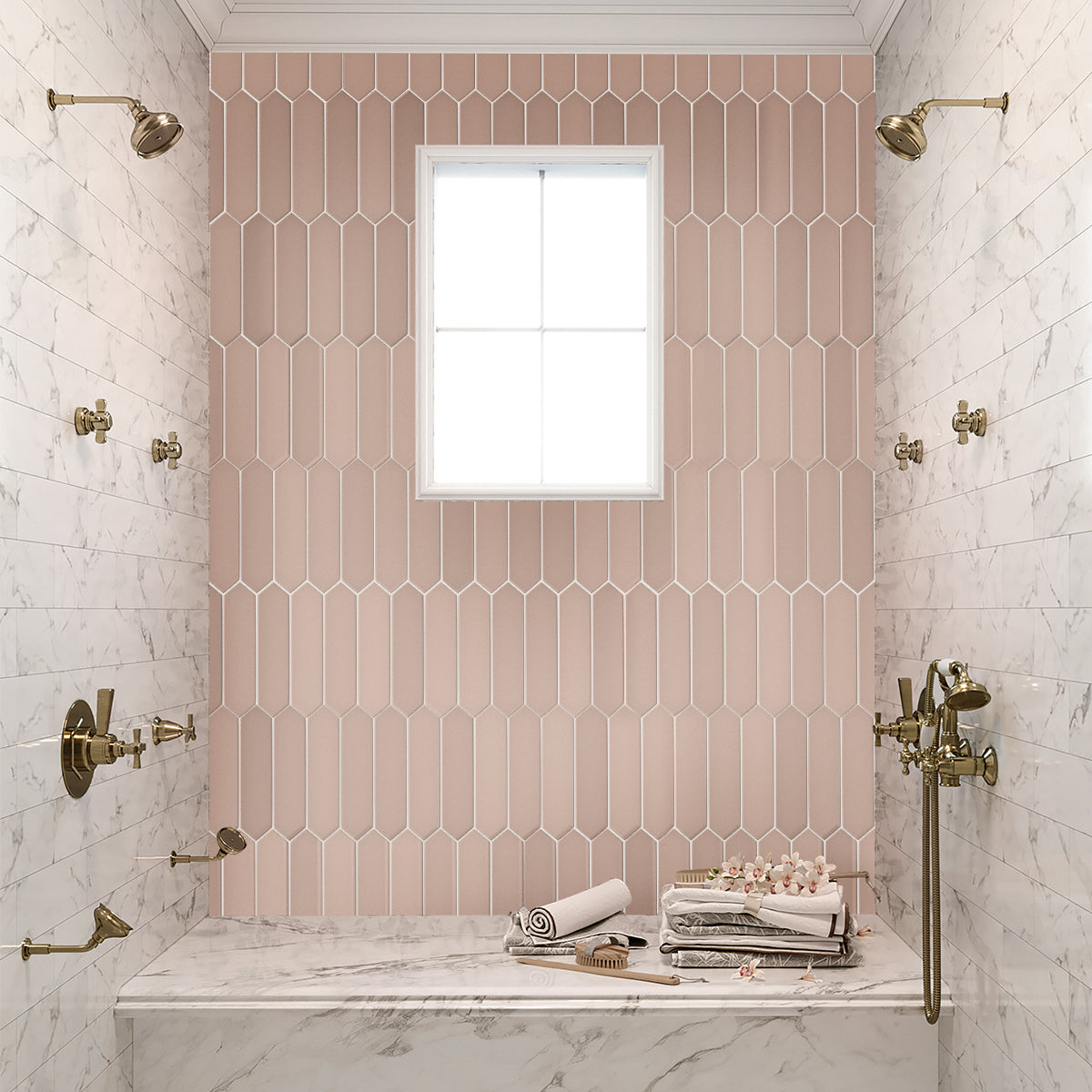
So, we have established that your chosen grout shade can create a sense of cohesion, subtly define the tile design, or become an eye-catching statement piece. Here are tips on choosing grout color:
1. Style and Mood
What aesthetic do you want to achieve? A pristine, modern look or something that captivates and eye-catching? Consider the room’s decor scheme and surrounding elements like walls, furniture, cabinets, and countertops. To maintain a sense of softness, your grout color should echo other elements and not detract from them.
2. Tile Color and Finish
The color of the tile can determine your grout color choice. Light tile with light grout can make the tiled area appear expansive and add an airy feel to the room. Lighter grout colors with darker tiles create a beautiful contrast and brighten the installation.
For something that sits between matching and contrasting, you may opt for neutral grout that’s a few shades off the tile color. With shades like tan, beige, gray, or cream, crafting a look that’s striking but not overly complex or demanding is easier. Neutral grout colors are favored by designers and homeowners alike, as they never seem to age the room or fail to complement different décor styles.
Then there’s tile finish to think about. Glossy tile reflects light—a visual effect that can cause grout lines to recede to the back. Here, you may want to look into grout colors that offer subtle definition to each individual tile. In contrast, non-reflective matte tile can make grout lines more noticeable. If you’re not a fan of pronounced joints, go for a slightly lighter grout.
3. Room Size and Lighting
The size and lighting of the room can impact tile grout selection. Lighter hues reflect natural light and make a compact space appear brighter, airy, and more open. Darker grout colors have a way of creating a cozy and intimate feel, especially when paired with equally darker tiles. It’s also important to take notice of lighting throughout the day and its effect on color consistency and the room’s overall ambiance.
Common Grout Colors and Their Best Uses
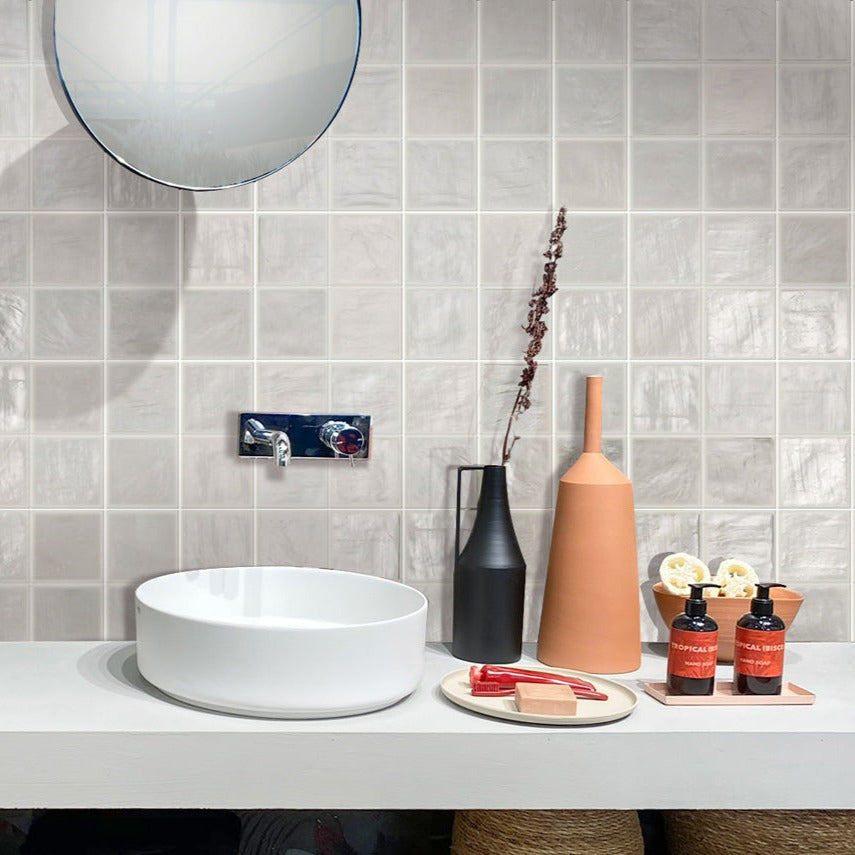
With an amazing array of tile grout colors, here are a few common picks:
White Grout: This is a tried-and-true choice that can achieve a clean, airy, and updated finish. Black, gray, or even a vividly colored tile gets a lift by choosing grout color in white. Used with white tiles, the overall installation will appear continuous and maximize the feeling of spaciousness. This visual effect works wonderfully with a minimalist setting. For interesting styling, go for Zellige tile in a white color finish. For instance, our White 4 in. x 4 in. Polished and Honed Ceramic Subway Tile’s uneven edges will introduce texture and dimension while maintaining a monochromatic palette with white grout.
Black Grout: What happens when you put dark grout lines between light-colored tiles? A striking contrast, that’s what. One of the most popular tiling styles, classic white subway tile, creates a nice distinction with black grout. The dark joints will call attention to the tile’s clean, straight lines and add subtle modernity and edge to its appearance. It’s a stunning look that you can introduce to any setting. While you’re at it, check out our blog, The Art of Subway Tile Patterns & Layout: A Guide to Style and Design.
Light Gray Grout: Timeless gray works well with light and dark tiles to deliver clean simplicity. It is far less stark and a brilliant pick if you don’t think you can handle cleaning white grout frequently. Light gray with a blue or green undertone lends a cool vibe that’s perfect for bathrooms. Black tiles and gray grout taupe hints are a swoon-worthy combination for any home.
Beige and Brown Grout: Tilework that embodies a warm and rustic aesthetic, such as stone and hardwood tile, is well complemented by beige and brown grout colors. The pairing of the two enhances the inviting atmosphere of a room.
Colored Grout: Tile grout colors in bright hues such as orange, purple, green, and red make a bold statement and work well for backsplashes in powder rooms, laundry rooms, and kitchens. They are a daring choice that spotlights grout lines and can be used to inject a bold pop into a muted scheme. Speaking of backsplashes, this 25 Kitchen Tile Ideas blog post is chockful of tips to inspire your next makeover!
Maintenance Considerations for Selecting Grout Color
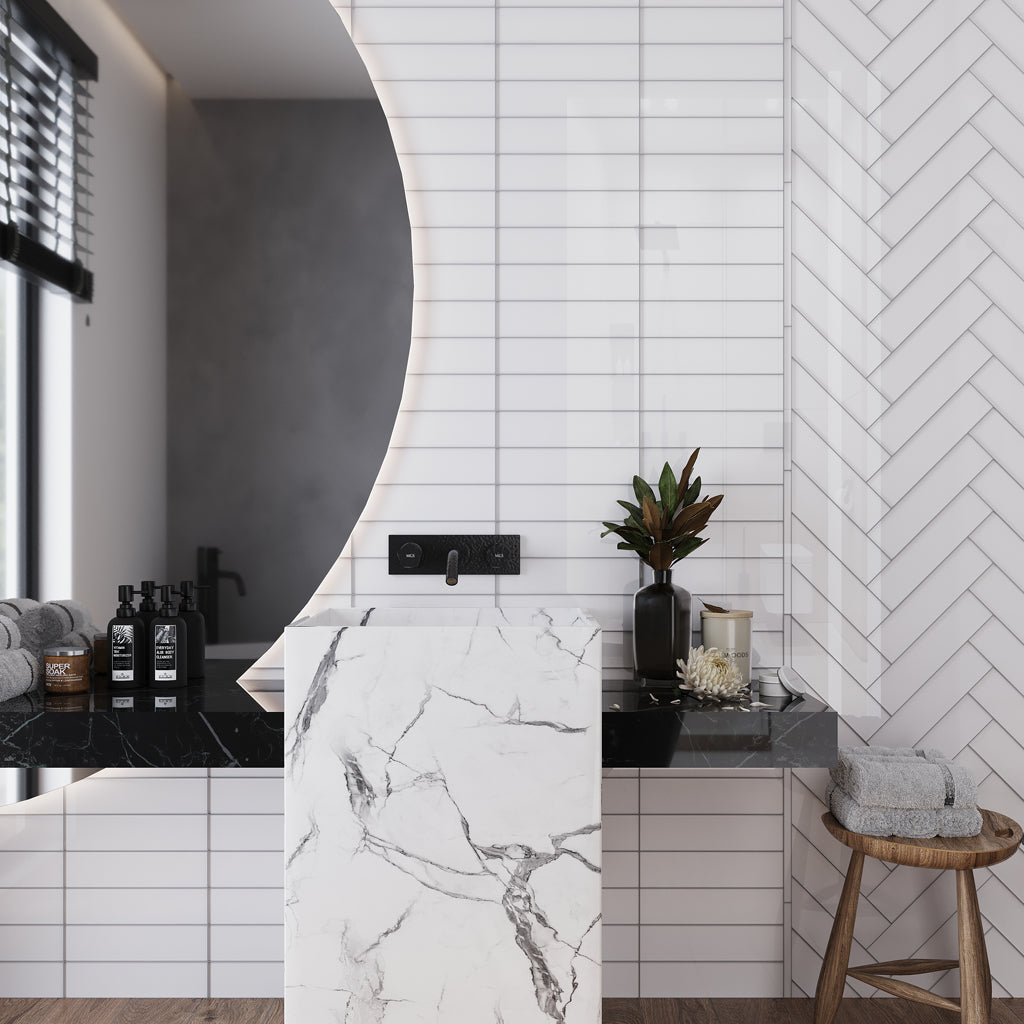
Ease of cleaning and maintenance should be among your top considerations when choosing grout color. This is especially crucial for wet areas like showers where there is a buildup of soap scum and grime from body oils. High-traffic flooring too, where daily wear from footfall is guaranteed and dirt builds up quickly.
Darker grout colors like black and charcoal conceal dirt slightly better, therefore, they might be a great option to pair with high traffic tile. However, in wet environments, dark grout can easily show mineral deposits from water and may fade over time.
Lighter grout colors like white tend to be less forgiving for obvious reasons: they easily attract dirt and stains. Used with kitchen wall tile, the potential for cooking spills and splatter leads to staining. Typically, neutral hues such as taupe and light gray are super practical and easier to keep clean. Whatever shade you pick for your tiling project, sealing cement-based grout regularly is a necessity to ward off discoloration and make maintenance simpler.
Testing Grout Colors Before Committing
It’s worth noting that grout color can be affected by water added to the mixture and the time it takes to cure during installation. This is the case with cementitious grout, which means the shade might vary slightly from what you expected. To get a closer and even match, use epoxy grout.
It’s also wise to create a small mockup before committing to a color and applying it to your tilework. The good news is many hardware stores offer samples of premixed grout to test with your chosen tile in the specific area and lighting. Testing grout color before application allows you to work out whether it improves or detracts from the desired design.
Conclusion
Choosing grout color should be an easy undertaking. But sometimes it’s not. Grout choices have moved beyond white or black into a rainbow of hues, and can greatly alter the visual impact of your tilework. Whether you want a seamless blend or a pronounced contrast, understanding the basics of the different tile grout colors will help you achieve your intended aesthetic and meet your practical needs.
Have a question about pairing our modern tile options with various grout colors? Feel free to reach out to our customer service team, and we’ll help point you in the right direction. For guidance on how to grout tile, head to our blog on A Step-by-Step Guide for DIYers!
Frequently Asked Questions:
1. What is the best grout color for gray tiles?
Gray tile pairs well with light, neutral grout colors. Think off-white and a gray kitchen backsplash tile—the combination reveals the tile pattern much more clearly. If you want a more blended scheme, you can match gray grout to gray tiles.
2. Can I change the color of my grout after installation?
The easiest way to change the shade of grout after installation without tearing up the tile is by using a colorant. The grout colorant of your preferred choice can be painted onto existing grout using a brush. It’s easier to change a lighter grout color to a darker one. The opposite is also possible but will require multiple applications.
3. How often should I clean and maintain colored grout?
Wiping colored grout should be done daily after a bath or shower. Maintain a weekly deep clean routine to address any grime buildup. Since a colorant is involved, avoid bleach as it can dull, discolor, and damage grout lines. For persistently tough stains, opt for a specially formulated grout cleaner and clean gently with a soft, bristle brush. Seal grout regularly to guard against stains, prevent discoloration, and make cleaning easier.
4. Should grout be lighter or darker than shower tile?
Lighter grout colors lend a spacious and airy feel, while darker grout colors create more depth and drama. The choice between lighter and darker impacts maintenance. In most cases, lighter grout colors may show more dirt and darken easily, requiring frequent cleaning. On the other hand, a darker shade may fade over time from strong shower cleaners.
5. What grout type do professional tile installers use?
Both cementitious and epoxy grout are commonly used by professional tile setters. The choice between the two will be determined by the project type and individual preference.
6. What is the best stain-resistant grout to use for flooring?
Epoxy grout provides exceptional strength and resistance against daily wear, making it suitable for highly used flooring. Plus, the grout colors remain consistent even after years of use.
7. Can I grout over existing grout?
Technically, it is possible to grout over old grout if there is sufficient depth. However, it is not recommended as the new grout may not adhere well to the existing grout. This can impact durability. It is best to scrape out the old grout, clean the tile joints, and regrout.
8. Does contact with water make grout darker?
Due to the colorant used, most cement-based grout darkens over time, especially in wet areas such as bathrooms and when not maintained properly.



